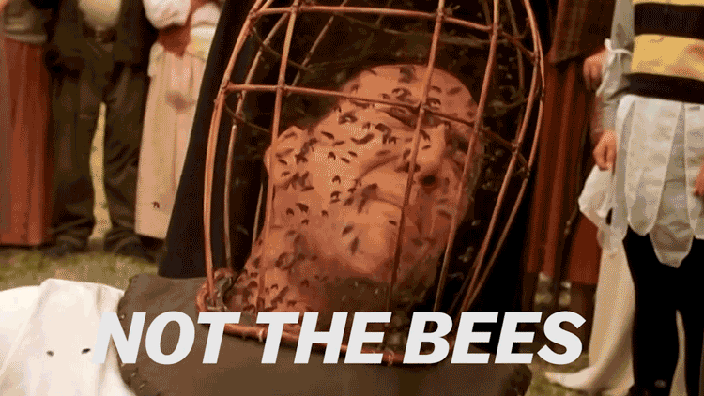- Joined
- Jun 9, 2016
- Messages
- 2,588
- Reaction score
- 6,763
Just curious (following a delightful discussion about companion pets at the AMC):
* What was the smallest mammal, bird, amphibian, reptile, exotic, or fish that you have (thus far) encountered, treated or learned about working with in school?
* What was the largest mammal, bird, amphibian, reptile, exotic, or fish that you have (thus far) encountered, treated or learned about working with in school?
Thanks in advance for your comments!
* What was the smallest mammal, bird, amphibian, reptile, exotic, or fish that you have (thus far) encountered, treated or learned about working with in school?
* What was the largest mammal, bird, amphibian, reptile, exotic, or fish that you have (thus far) encountered, treated or learned about working with in school?
Thanks in advance for your comments!


